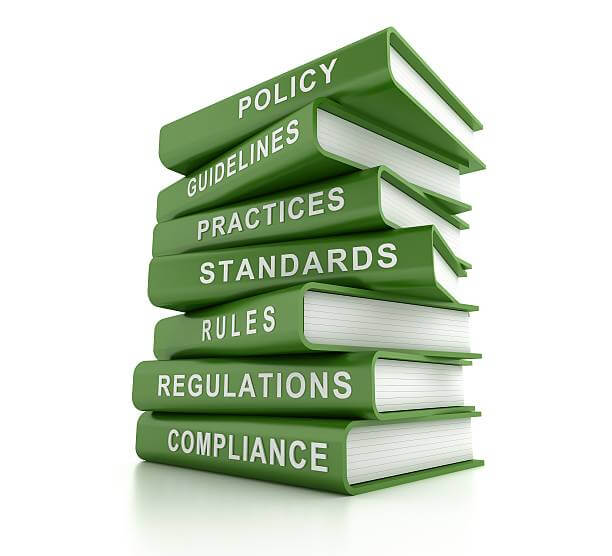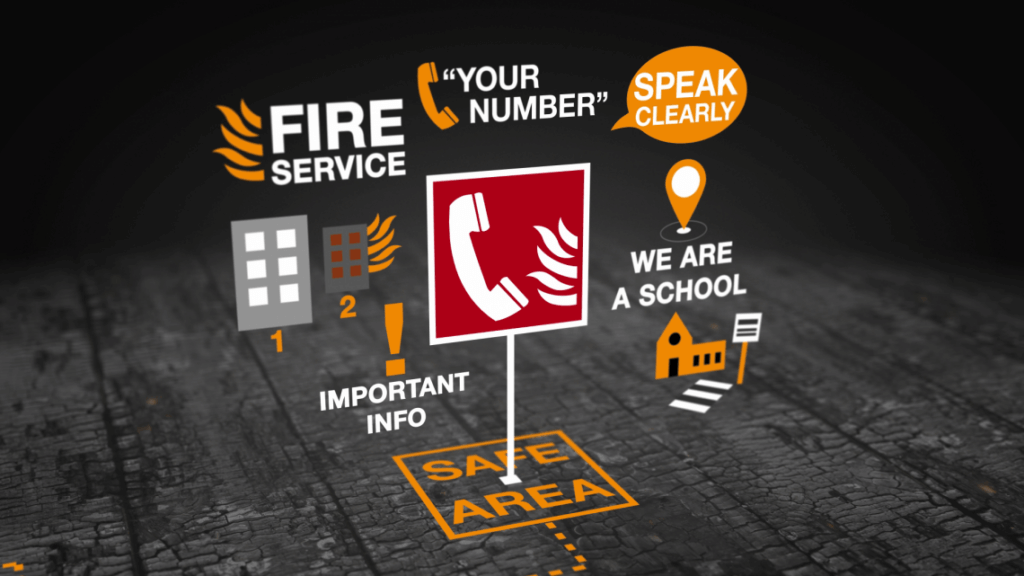Uncategorized
Employers and those in control of work at height must first assess the risks.
Before working at height you must follow these simple steps:
avoid work at height where it is reasonably practicable to do so
where work at height cannot be easily avoided, prevent falls using either an existing place of work that is already safe or the right type of equipment
minimise the distance and consequences of a fall, by using the right type of equipment where the risk cannot be eliminated
You should:
do as much work as possible from the ground
ensure workers can get safely to and from where they work at height
ensure equipment is suitable, stable and strong enough for the job, maintained and checked regularly
not overload or overreach when working at height
take precautions when working on or near fragile surfaces
provide protection from falling objects
consider emergency evacuation and rescue procedures
How to check your ladder is safe before you use it
Before using a ladder, you should have access to user instructions from the manufacturer in case you need to refer to them.…
Violence and aggression at work
Control measures to prevent violence and aggression
Your workplace
The work you do
Training
De-escalation techniques
Check what you have done
Once you have assessed the risk of violence in your workplace, and where you cannot remove it, you must put the right controls in place to protect your workers.
Often no single control measure will be completely effective on its own and it is best to use a variety of approaches.…
Violence and aggression at work Read More »
Prosecutions – Construction
Builder avoids immediate prison sentence after failing to protect workers
7th August 2024
A builder has been given a suspended prison sentence after he put the lives of workers at risk on a construction site in London.
David Beadle, trading as Beadle the Builders, failed to comply with a prohibition notice issued by the Health and Safety Executive (HSE) in relation to unsafe working at height at the site on Woodyates Road in South East London.…
Prosecutions – Construction Read More »
HSE News
Building Safety ebulletin: August 2024
HSE ebulletin service sent this bulletin at 29-08-2024 02:05 PM BST
Having trouble viewing this email? View the content as a web page.Building Safety ebulletin Welcome to the Building Safety Regulator ebulletinIssued: 29 August 2024 This ebulletin is for anyone who wants to keep up-to-date with the work of the Building Safety Regulator (BSR) which is part of HSE. …
Complisafe now provide PA testing – get in touch now for a quote
What is PAT Testing?
PAT Testing is the examination of electrical appliances to ensure they are safe to use
The Electricity at Work Regulations 1989 require that any electrical equipment that has the potential to cause injury is maintained in a safe condition and The Health & Safety at Work Act (1974) places such an obligation in the following circumstances:
Where appliances are used by employees
Where the public may use appliances in establishments such as hospitals, schools, colleges, hotels, shops etc.…
Complisafe now provide PA testing – get in touch now for a quote Read More »
Mental Health Awareness Week (13 to 19 May)
Over half of all work-related ill health is due to stress, depression or anxiety.
Support HSE’s Working Minds campaign to raise awareness of how to promote good mental health at work.
We all have periods of good and poor health, both physically and mentally. It’s normal for people to have challenging times and like any other work-related risk to health, risks to mental health should be included in risk assessments at work. …
Mental Health Awareness Week (13 to 19 May) Read More »
News and Insights – Health and Safety News March 2024
What are the latest updates to publications on first aid at work?
Insights & News – Complisafe
HSE has made recent updates to 2 publications on first aid at work:
First aid at work: The Health and Safety (First-Aid) Regulations 1981. Guidance on Regulations L74 (hse.gov.uk)
This document provides guidance on:
managing the provision of first aid (first-aid kit, equipment, rooms etc)
requirements and training for first-aiders
requirements for appointed persons
making employees aware of first-aid arrangements
first aid and the self-employed
cases where first-aid regulations do not apply
The third edition was reissued with minor amendments in 2018 to:
further clarify the significance of the 2013 amendment to regulation 3(2), which ended HSE’s approval of first-aid training providers
update guidance on the use of automated external defibrillators, and blended learning in first-aid training
incorporate some additional amendments to take account of other previous legislative changes
The third edition has been further updated with minor amendments in 2024 to:
emphasise employers’ responsibilities to take account of employees’ mental health in their first-aid needs assessment
change the term ‘catastrophic bleeding’ to ‘life-threatening bleeding’ with more guidance on what employers should do if they identify this as a risk in their workplace
simplify guidance on how to decide what first aid to provide
How to go about selecting a first-aid training provider: A guide for employers
GEIS3 – Selecting a first aid training provider – A guide for employers (hse.gov.uk)…
News and Insights – Health and Safety News March 2024 Read More »
Equalities Watchdog Highlights Employers’ Legal Obligations in New Menopause in the Workplace Guidance
The Equality and Human Rights Commission (EHRC) has published new guidance on menopause in the workplace to help employers understand their legal obligations relating to women who are going through the menopause as well as details on the support they should provide affected employees.
This includes advice on making reasonable adjustments for women who are experiencing the menopause so they can continue to contribute to work and encouraging positive conversations about this personal issue to help create a safe and supportive work environment.…
Legislation – a small selection of key Health and Safety legislation and how we can help with compliance…
Health and Safety at Work Act 1974
The Health and Safety at Work Act 1974 is a key piece of legislation in the United Kingdom that sets out the fundamental principles and framework for health and safety regulation in the workplace. It places a legal duty on employers to ensure, so far as is reasonably practicable, the health, safety, and welfare of their employees, as well as others who may be affected by their work activities, such as visitors and members of the public.…
A short guide to equality, diversity, and inclusion in the workplace
Equality, Diversity & Inclusion (EDI) at work is a big deal. It’s crucial to understand why it’s important and how it benefits us all.
A short guide to equality, diversity, and inclusion in the workplace Read More »
What evidence do you need to demonstrate fire safety compliance?
When looking at fire safety compliance for commercial properties and communal areas of flats you have to start with getting your Fire Risk Assessment completed by a competent person.
Fire safety compliance requires a competent person
Competence is measured in many ways and we always advise clients to carry out due diligence with regards to the assessors competency, this includes:
Experience
Knowledge
Training
Qualifications
Insurance
Third-Party Accreditation
Fire Risk Assessment
Getting the Fire Risk Assessment completed is only the start of compliance as their is a good chance that some actions will come out of the assessment which need to be actioned.…
What evidence do you need to demonstrate fire safety compliance? Read More »
HSE launches ‘Asbestos – Your Duty’ campaign
The HSE has launched a new campaign to highlight the risk of asbestos in buildings and raise awareness of the legal duty to manage those risks. Many buildings in Great Britain that were built or refurbished before 2000 may contain asbestos. Asbestos was completely banned in 1999. Asbestos can become dangerous when disturbed or damaged. …
HSE launches ‘Asbestos – Your Duty’ campaign Read More »











